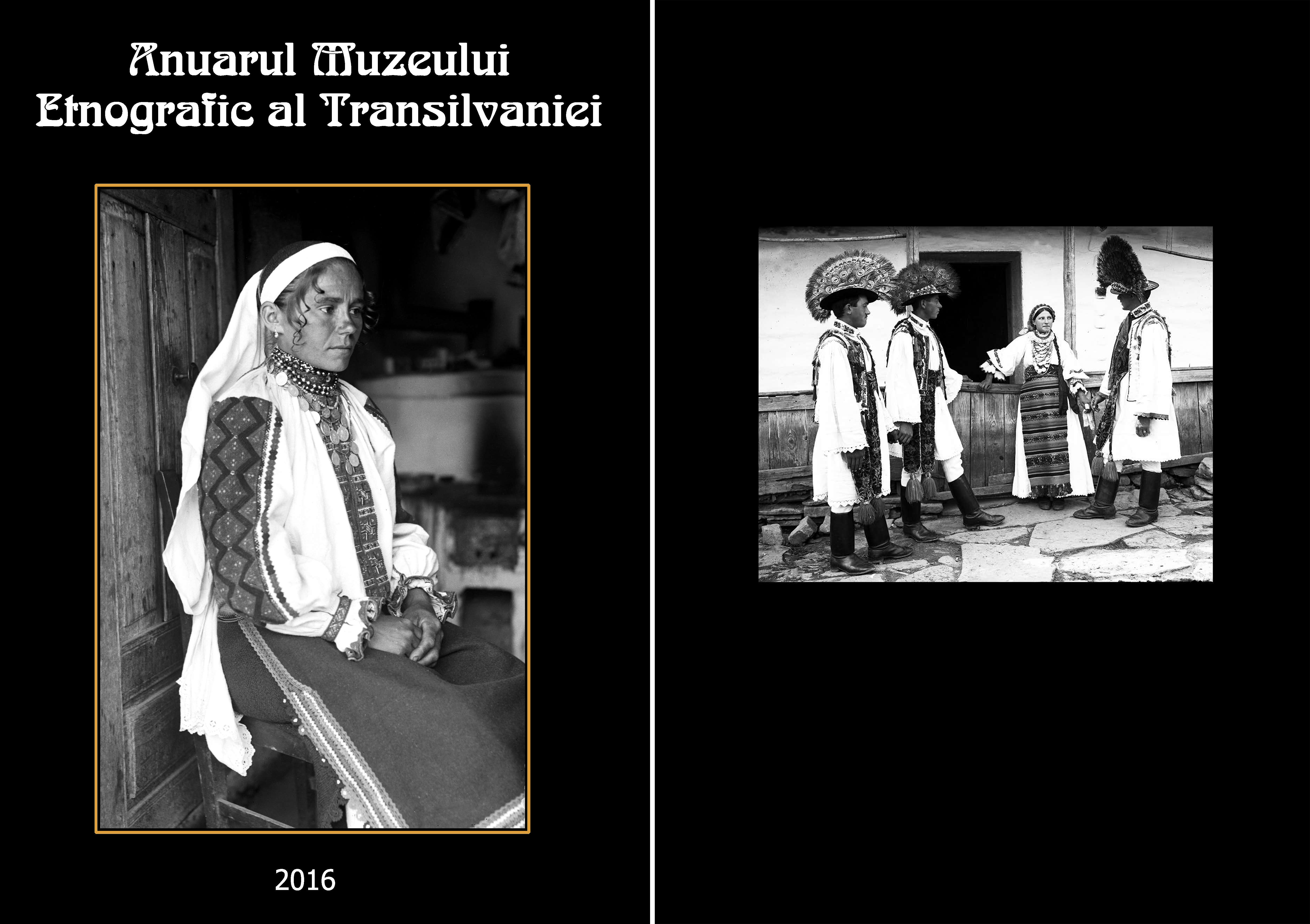CERCETAREA MONOGRAFICĂ A PORTULUI POPULAR ROMÂNESC ÎN CADRUL ȘCOLII SOCIOLOGICE DE LA BUCUREȘTI. MOMENTUL LUCIA APOLZAN
Monographic Research of the Romanian Folk Costume within the Sociological School in Bucharest. Lucia Apolzan TimeFolk creations - musical and literary,Folk creations - musical and literary,
Author(s): Ion CHERCIUSubject(s): History, Geography, Regional studies, Ethnohistory
Published by: MUZEUL ETNOGRAFIC AL TRANSILVANIEI
Keywords: Apuseni Mountains; Transylvania; cultural horst; folk costume; domestic industry;
Summary/Abstract: In the interwar Romanian culture, the Sociological School of Bucharest led by Dimitrie Gusti had a unique approach of the folk culture which was seen as a living organism in constant movement and evolution. Folk creations - musical and literary, peasant costume and artefacts etc. are no longer treated as "museum or archive objects ", but as living and interdependent parts composing a giant gear – the social corpus. Therefore, not only songs, but also singing, not only stories, but the storytelling etc. will be studied, precisely – and especially – the "social functions" of those creations. For the peasant costume, not the pieces themselves will be studied, as before, but their "making" and "wearing". From this perspective which considerably broadens the research horizon, the work of Lucia Apolzan is not just an exemplary thematic monograph on folk costume and domestic industry in Țara Moților, but also a fundamental book, unique in Romanian ethnography and culture. The secret of this success lies in the "monographic approach" of the topic and in the author's attachment to the investigated area, meaning that thorough ethnographic research greatly benefits from contribution of other disciplines, such as history, geography, political economy, oral tradition etc., and from the constant observation of the "social relations" involved in making and using of the peasant costume. Capturing, for the first time, the specific, intimate dialectical relations that underlie the existence and the "evolution" of the folk costume, and "encoding" them in "basic rules", general and always valid for the investigated field require, as the author believes, a "reconsideration" and "upgrading" of this work, victim itself of times of sad memory for the Romanian culture; this is particularly so since, after "the moment Lucia Apolzan", the descriptivism and aestheticism, back in force, as working methods and means of expression in the scientific discourse, have continuously dominated most works about the folk costume in our country.
Journal: Anuarul Muzeului Etnografic al Transilvaniei
- Issue Year: 2016
- Issue No: 1
- Page Range: 22-34
- Page Count: 14
- Language: Romanian
- Content File-PDF

